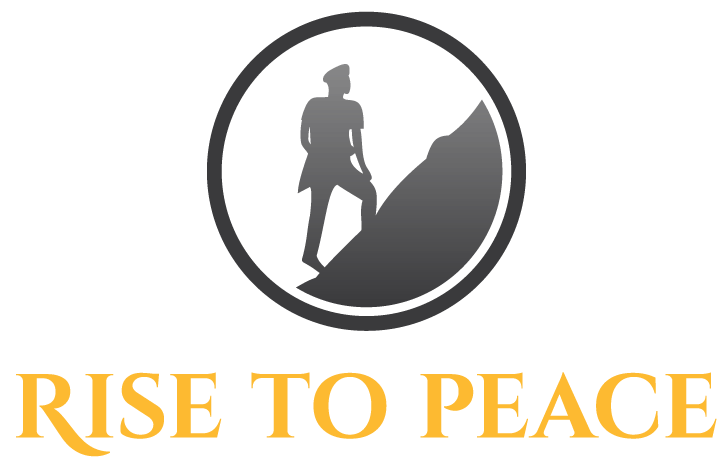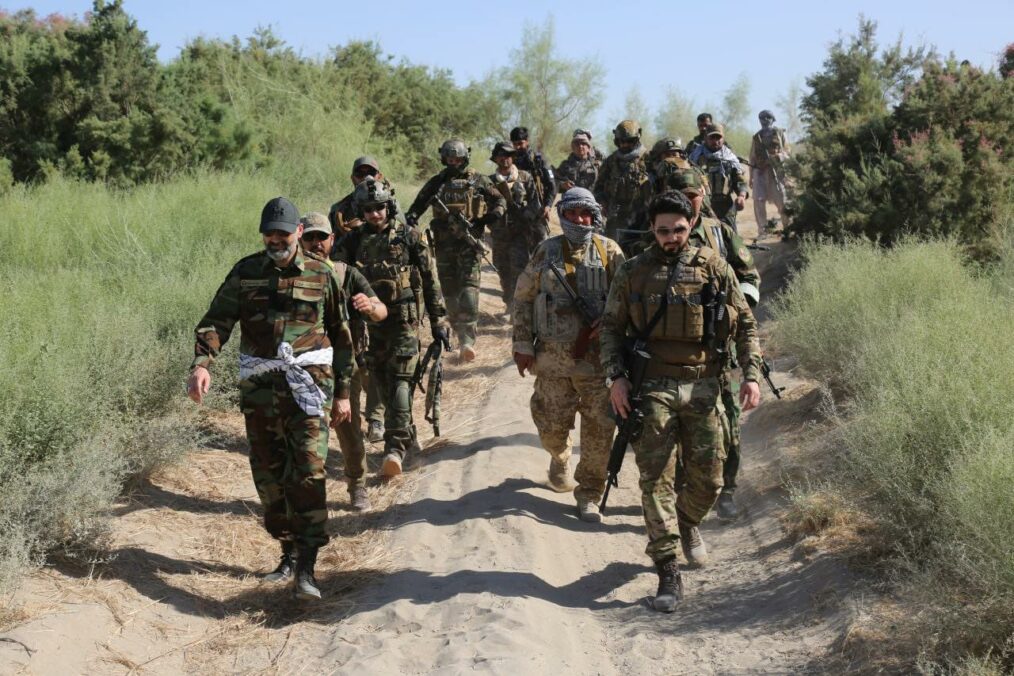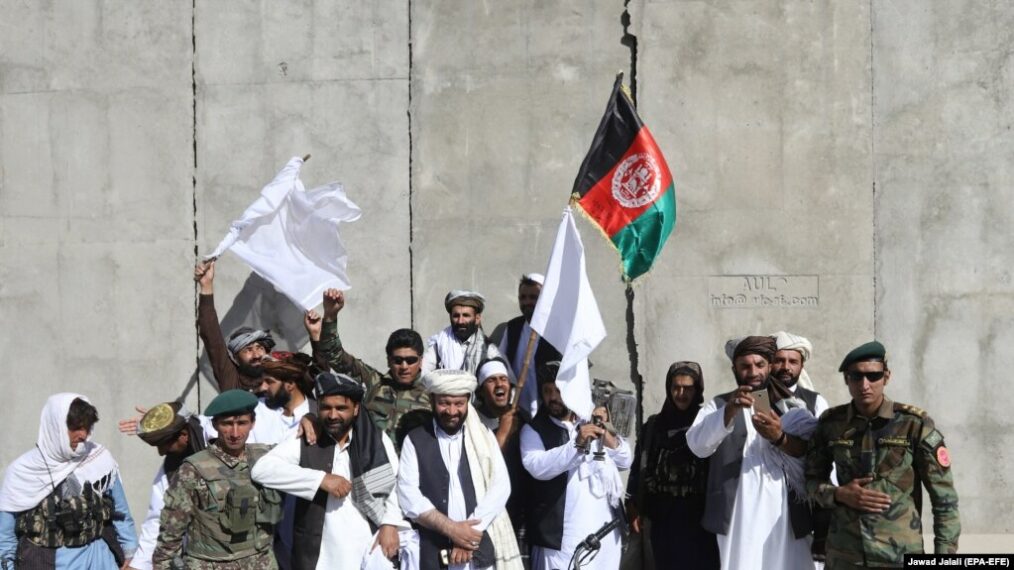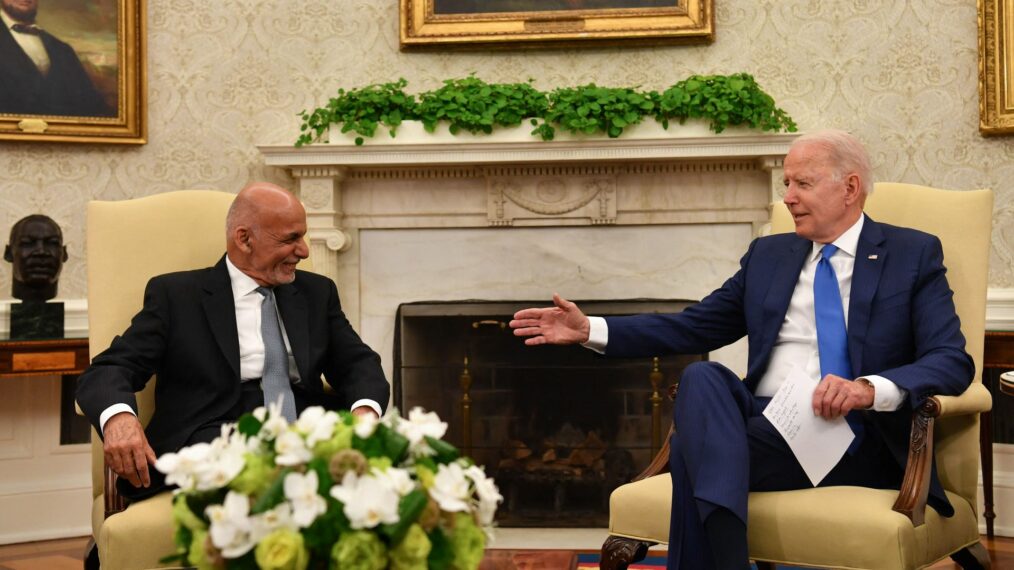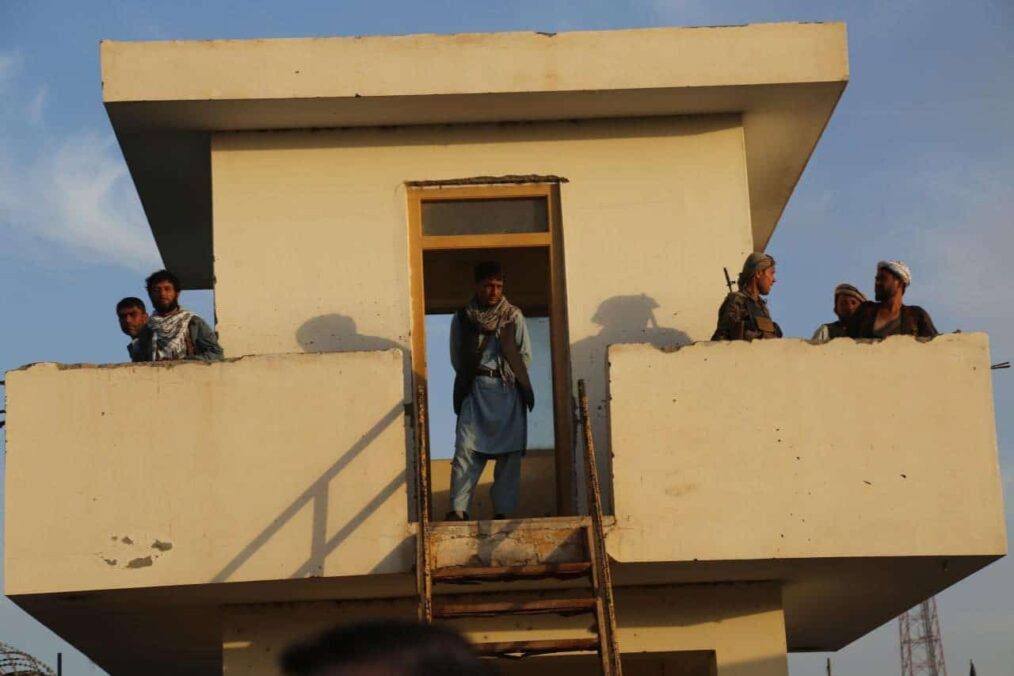Over the last 20 years, the increased presence of terrorism in Europe has prompted many attempts to tackle the causes of radicalisation. In doing so, social scientists, journalists and psychologists have invested time, money, and effort into identifying the people behind some of the deadliest attacks. Despite all efforts, profiling terrorists is still a challenge.
Attempts to categorise martyrdom terrorists according to a single common variable is more of a challenge than we may realise. Data regarding martyrdom terrorists assessed by Lewis Herrington revealed many inconsistencies in existing theories. This is surrounding demographics, age, education, and even religious devotion.
Extremist ideology, psychological explanations and statistics do not always match
Albert Bandura’s Social Learning Theory examines how environmental factors pair with cognitive factors to influence human learning and behaviour. According to the Social Learning Theory, the behaviour of a person is influenced by observational learning of environmental factors. Thus, a person learns their behaviour by observing and imitating the attitudes and emotional reactions of those around them. Social Learning Theory has also been used in attempts to understand where martyrdom terrorists learn their ways. This is often accompanied by an analysis of their upbringing, economic status, religious adherence etc.
This Theory could be applied to the 2012 Toulouse shooting targeting the Jewish community, which killed a teacher and three children during the morning school run. As Herrington recognises, the self-proclaimed jihadist Mohammad Merah who carried out the attack, grew up in a dysfunctional family involved in violence, substance abuse, neglect, and anti-Semitism. The dysfunctional family picture, sociologist Farhad Khosrokhavar noted, was evident in most extremists he had interviewed in 2014.
While this is evident in extremists, the statistics for martyrdom terrorists yet again pose an inconsistent figure. 75% of martyrdom terrorists analysed by Herrington experienced a stable upbringing with loving parents.
Additionally, arguments that poverty or lack of education drive young men to commit acts of terrorism, fall short of empirical evidence. This once again highlights the challenges in combatting terrorism through effective policy change in a concentrated area of concern.
Commonalities between martyrdom terrorists
When analysing martyrdom terrorists in Europe, some commonalities were evident. The men who were analysed displayed a clear decline in mental health. Consequently, even if they been assessed as mentally healthy they often struggled with substance abuse. An additional variable identified was the breakdown of their personal relationships.
One theory suggests that the link between substance abuse and martyrdom terrorism is rooted in the fact that substance abuse is connected to a strong sense of shame in the Muslim community. Lewis Herrington’s study found that 74% of martyrdom terrorists developed their substance abuse before turning to Islamic extremism. The theory goes that those with a history of substance abuse found mainstream religion unappealing or uninviting. The members of these communities who experienced a similar past tended to be more inviting. However, they also tended to be more prone to extremism.
Moreover, men pursuing martyrdom terrorism in Europe were documented to have been radicalised from the age of 20. Consequently, the average age of terrorists at the time of their attack was 27.49. Men who displayed extremist tendencies in their adolescent years were less likely to be involved in terrorism in their 20s.
Recommendations
In an attempt to tackle radicalisation, European ministries should consider partnering and financing faith-based drug rehabilitation centres. Organisations which engage with the religious communities may be more effective in providing practical treatment for mental health-related issues and substance abuse in young men.
This in turn could help tackle the isolation many troubled men face, which enables extremist networks to exploit that vulnerability factor in potential recruits.
Additionally, it is recommended that media outlets in Europe proceed with reports on terrorist attacks with caution. This may be dictated by how the analysis is conducted by journalists. Insight is vital in understanding recruitment methods and how to prevent this. However, empirical evidence must be taken into account before claims can be made. Thus, the immediacy of reporting, unfortunately, opens doors for the possibility of misleading claims. This may be likely regarding the ‘typical terrorist recruit’.
Generating a profile of a classic martyrdom terrorist before consulting experts could lead to a false picture being created that poverty, education and demographics are not just vulnerability factors, but sole characteristics of recruits.
